Prague Steps: Explore and Discover 20k
Join us for a captivating free walking tour through Prague's rich history, where you'll visit iconic landmarks and earn 20k steps in a day!
Time
3 Hours
Stops
9 Places
Distance
5.1 km
Prague Castle
Begin your journey at Prague Castle, a stunning architectural complex that stands as one of the largest castles in the world and offers a glimpse into Czech history.
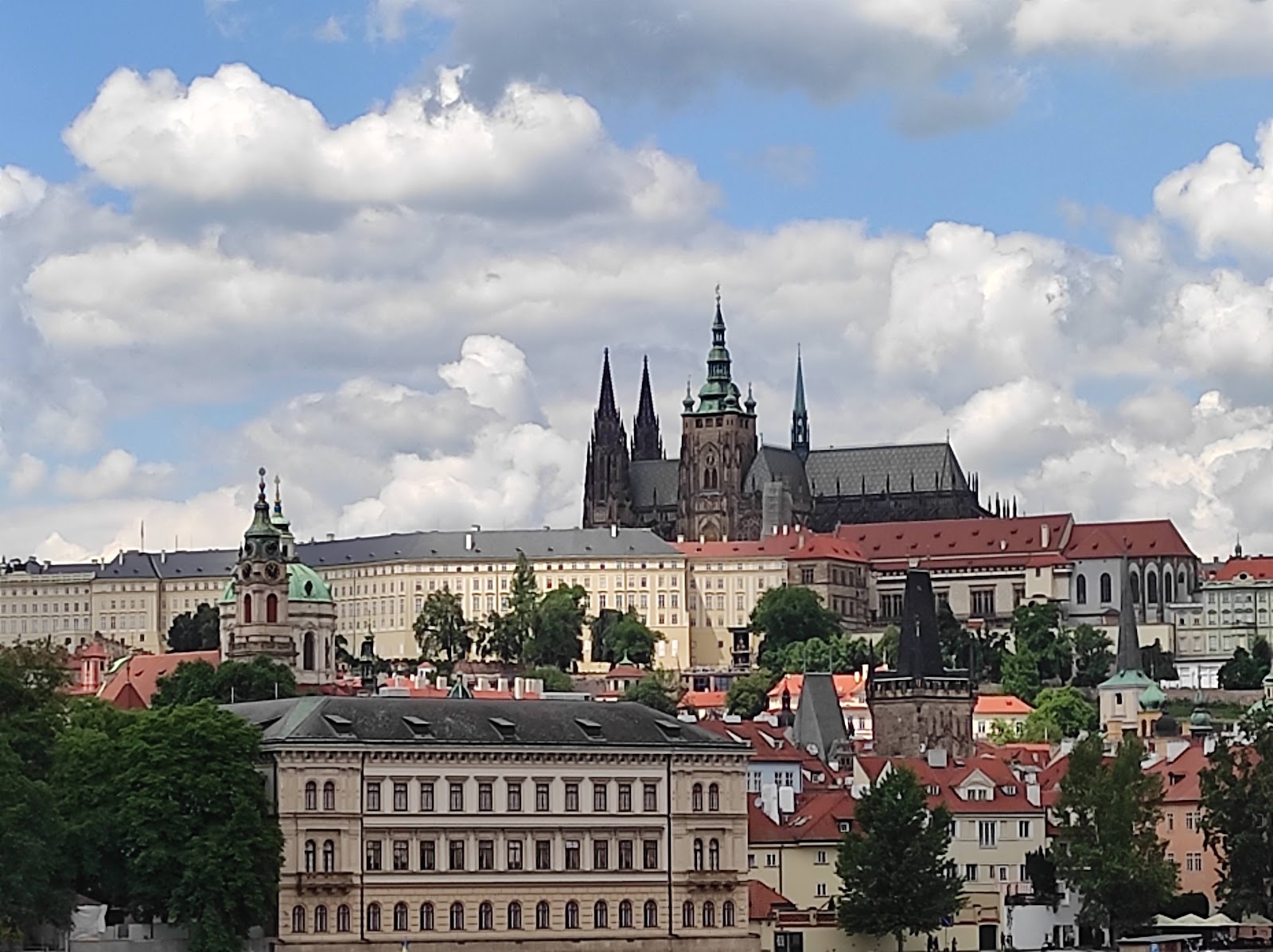
Prague Castle (Source: Google Maps)
Prague Castle is a historical fortress and the official residence of the President of the Czech Republic. It is one of the largest ancient castles in the world, covering an area of almost 70,000 square meters. The castle complex includes the Gothic-style St. Vitus Cathedral, which is renowned for its stunning stained glass windows and intricate architecture. Founded in the 9th century, the castle has been the seat of power for Czech kings, emperors, and presidents. Its architectural styles range from Romanesque to Gothic and Baroque, reflecting the various periods of Czech history. Visitors can explore the Old Royal Palace, the picturesque Golden Lane, and the beautiful gardens that offer panoramic views of the city.
Golden Lane
Just a short walk from the cathedral, this charming street is lined with colorful houses that once housed castle guards and goldsmiths.
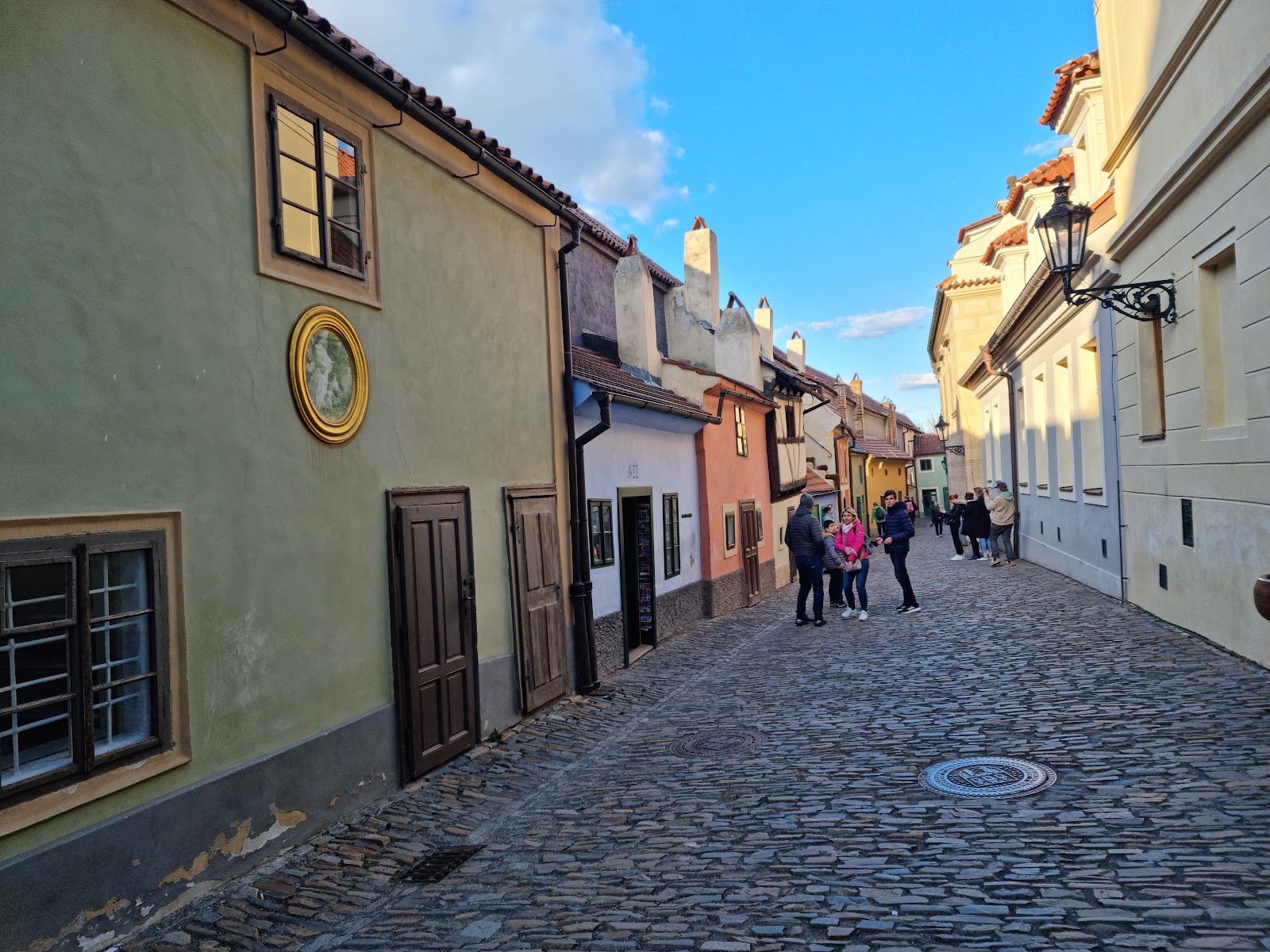
Golden Lane (Source: Google Maps)
Golden Lane is a charming, narrow street located within the Prague Castle complex. It is famous for its colorful, small houses, which were originally built in the 16th century to accommodate castle guards and goldsmiths. The name 'Golden Lane' is believed to have originated from the goldsmiths who once worked here. Today, the street is lined with quaint shops and museums, showcasing the history and craftsmanship of the area. Each house has its own unique character, and many are adorned with historical artifacts, including medieval weapons and furniture. Golden Lane is also linked to the legend of the alchemist who supposedly lived in one of the houses, attempting to turn base metals into gold. It offers a picturesque glimpse into Prague's past and is a must-see for any visitor.
St. Vitus Cathedral
Located within the Prague Castle complex, this Gothic masterpiece is a must-see for its breathtaking architecture and historical significance.
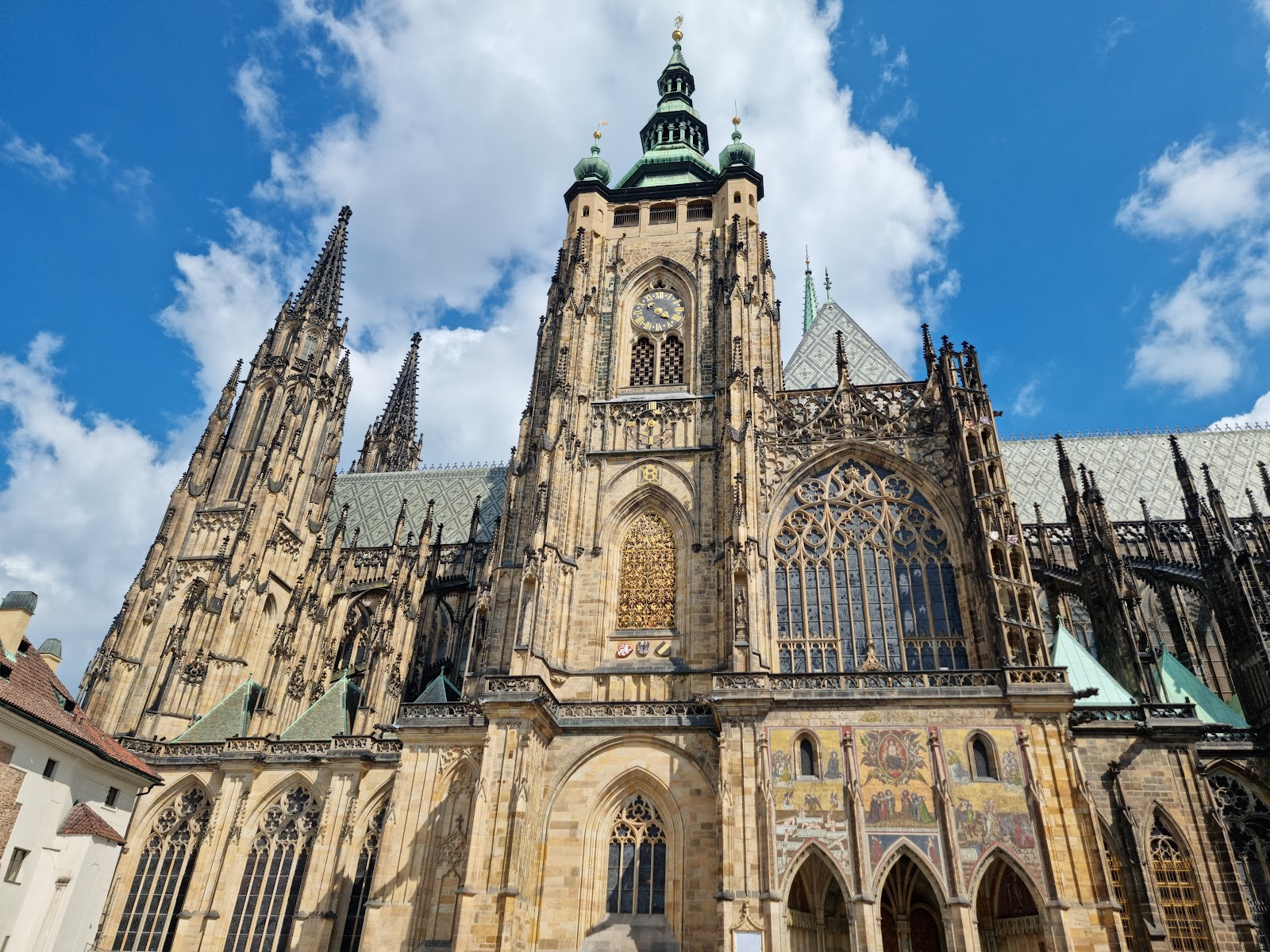
St. Vitus Cathedral (Source: Google Maps)
St. Vitus Cathedral is a magnificent Gothic masterpiece located within the Prague Castle complex. Construction began in 1344 and was completed in 1929, making it a symbol of the Czech Republic's cultural heritage. The cathedral is renowned for its stunning architecture, characterized by soaring spires, intricate carvings, and beautiful stained glass windows that depict biblical scenes. It serves as the burial site for many Czech kings and is home to the Crown Jewels. The cathedral's impressive interior features the magnificent Chapel of St. Wenceslas, adorned with exquisite mosaics and sculptures. As the spiritual center of the Czech state, St. Vitus Cathedral has played a significant role in the country's history and remains a focal point for national celebrations and events.
Charles Bridge
Stroll across the iconic Charles Bridge, adorned with statues and offering stunning views of the Vltava River and Prague's skyline.
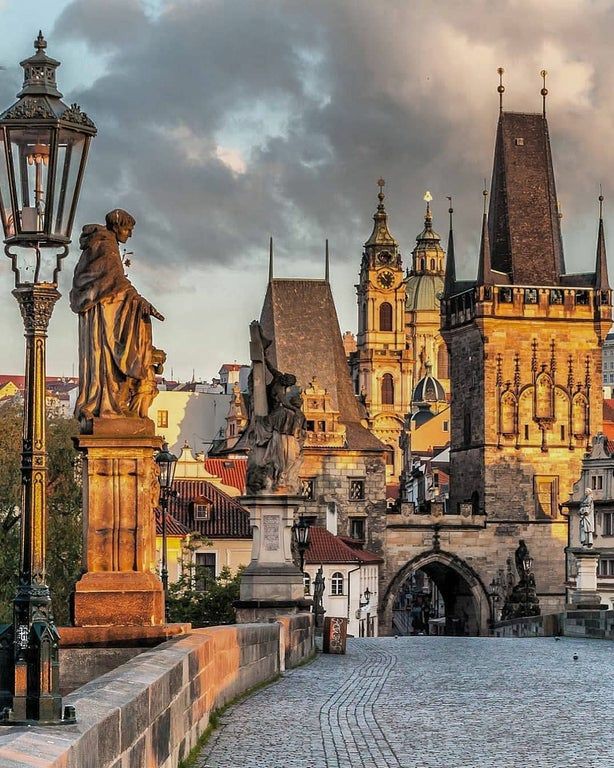
Charles Bridge (Source: Google Maps)
Charles Bridge is one of Prague's most iconic landmarks, connecting the Old Town with the Lesser Town. Constructed in the 14th century under the reign of Emperor Charles IV, the bridge is adorned with 30 statues of saints, each with its own story and significance. The bridge is a pedestrian-only thoroughfare, offering stunning views of the Vltava River and the city's skyline, making it a favorite spot for both locals and tourists. The bridge's Gothic towers at either end add to its architectural charm. Over the centuries, Charles Bridge has witnessed historical events, including processions and celebrations, and has become a symbol of Prague's rich history. Today, artists and musicians often perform on the bridge, enhancing its vibrant atmosphere.
Národní Kavárna
Take a break to enjoy a coffee or light snack at this historic café, a favorite among locals and tourists alike.
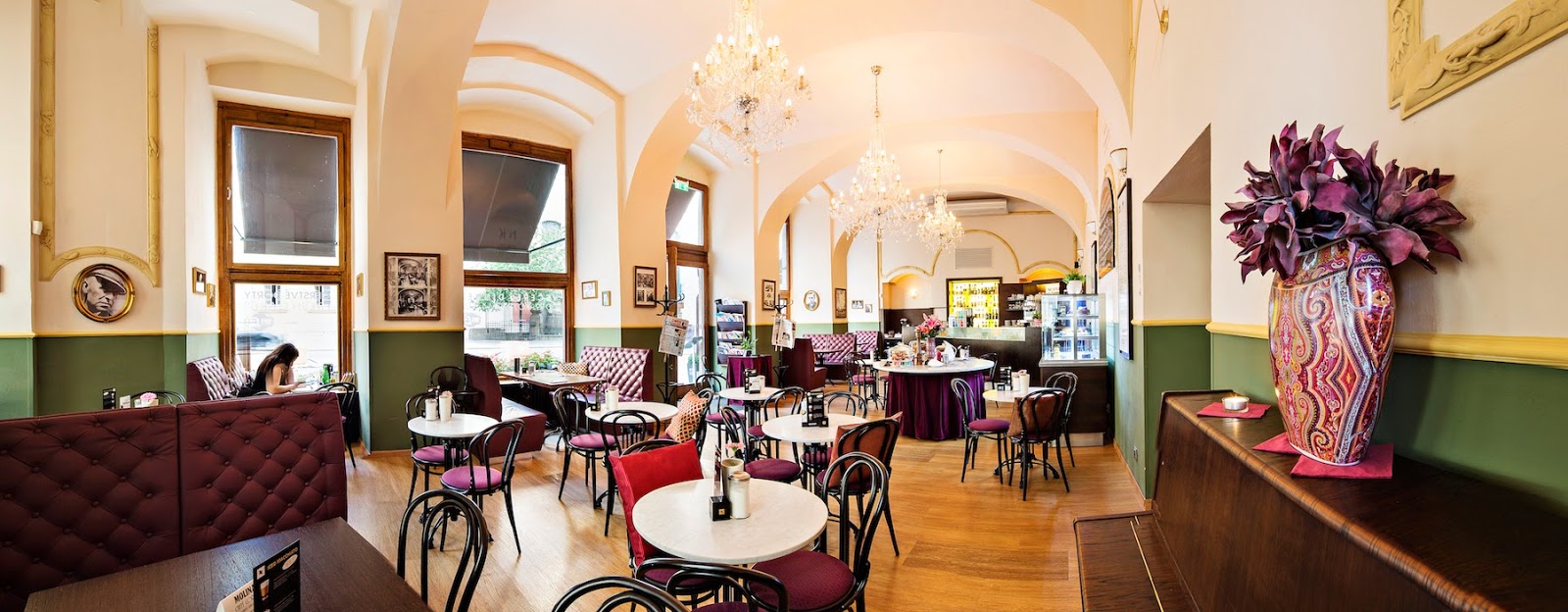
Národní Kavárna (Source: Google Maps)
Old Town Square
Arrive at the heart of Prague's Old Town, where you can admire the Astronomical Clock and the surrounding historic buildings.
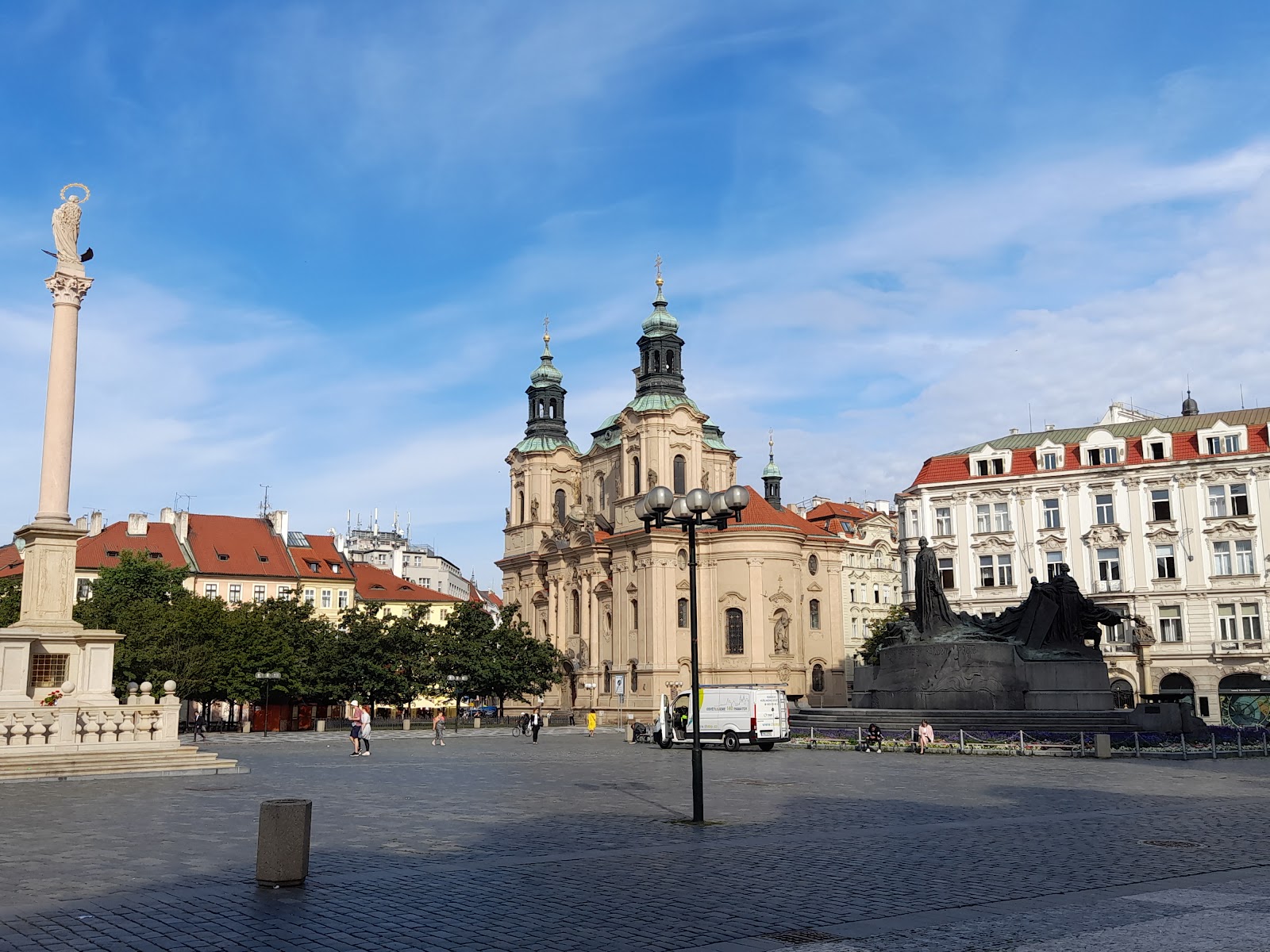
Old Town Square (Source: Google Maps)
Old Town Square is the historic heart of Prague, surrounded by stunning architecture and vibrant culture. It features the famous Astronomical Clock, which dates back to the 15th century and is a popular attraction, drawing crowds every hour to witness its mechanical performance. The square is flanked by significant buildings, including the Gothic-style Týn Church, with its striking twin spires, and the Baroque St. Nicholas Church. Old Town Square has been the site of many historical events, from market gatherings to public speeches. Its cobblestone streets are filled with cafes, shops, and street performers, making it a lively hub for both locals and tourists. The square serves as a focal point for festivals and celebrations, reflecting Prague's rich cultural heritage.
Týn Church
Dominating the skyline of Old Town Square, this Gothic church is known for its impressive twin spires and rich history.
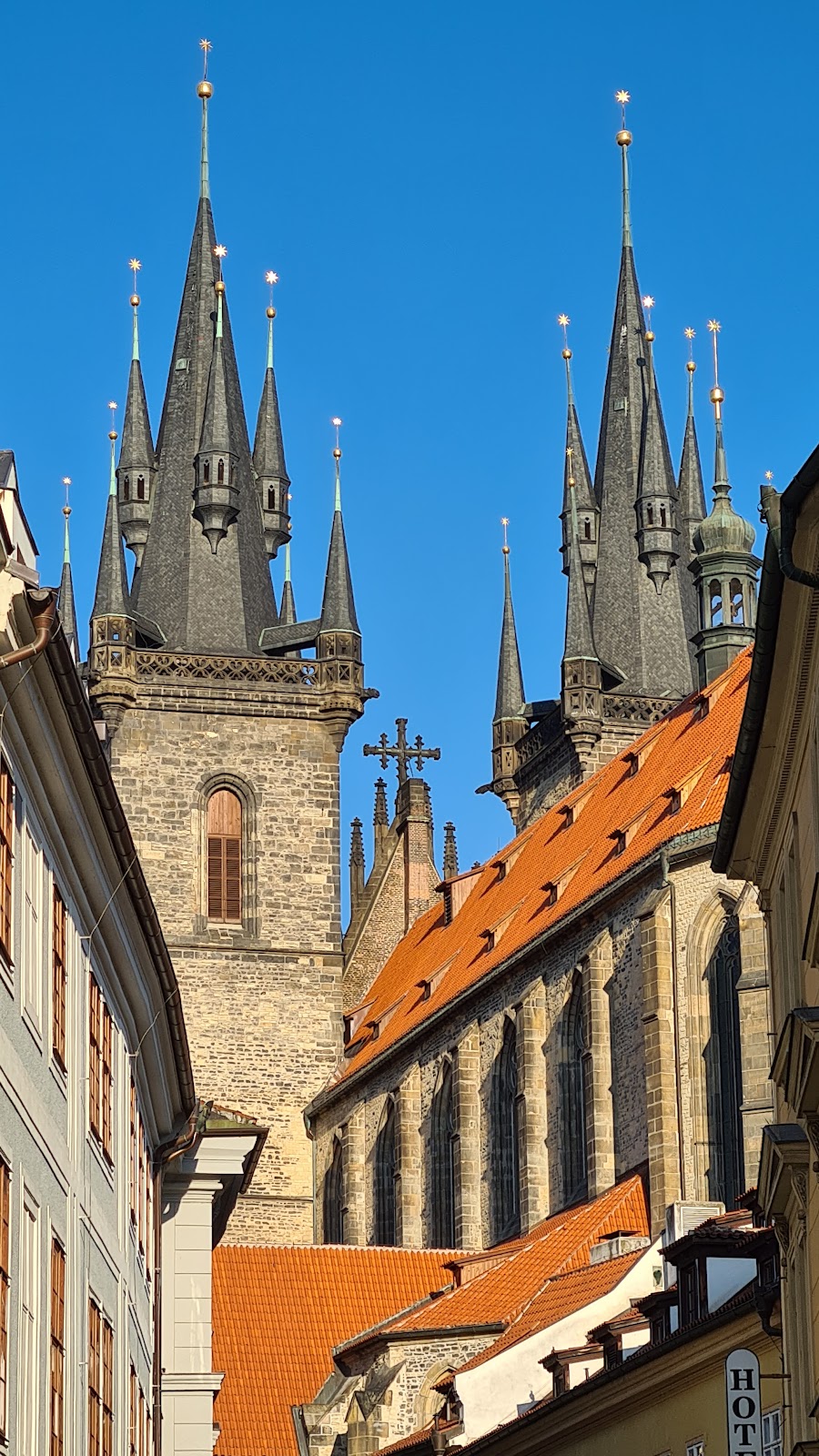
Týn Church (Source: Google Maps)
Týn Church, officially known as the Church of Our Lady before Týn, is a prominent Gothic church located in Old Town Square. Its distinctive twin spires dominate the skyline, making it one of Prague's most recognizable landmarks. Construction began in the 14th century and was completed in the 16th century, showcasing the transition from Gothic to Renaissance architecture. The interior of Týn Church is equally impressive, featuring a stunning altar and beautiful Baroque decorations. It houses numerous tombs of notable figures, including the famous astronomer Tycho Brahe. The church has played a significant role in Prague's history, serving as a place of worship and a site for important events. Today, it stands as a testament to the city's architectural heritage and is a must-visit for anyone exploring the Old Town.
Wenceslas Square
Continue to Wenceslas Square, a vibrant area known for its role in Czech history and its bustling atmosphere.
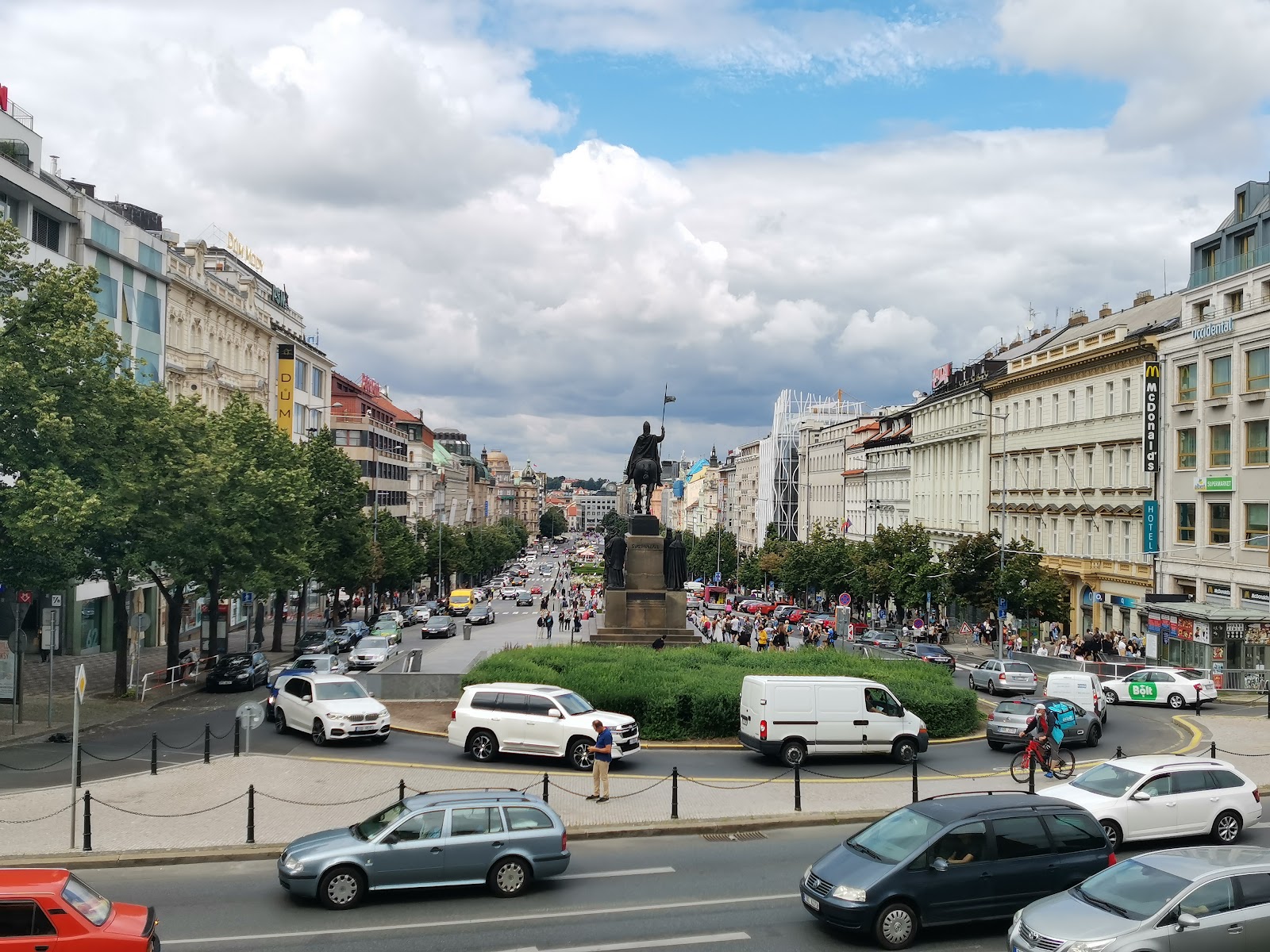
Wenceslas Square (Source: Google Maps)
Wenceslas Square is a vibrant boulevard that has played a crucial role in Czech history. It is named after Saint Wenceslas, the patron saint of Bohemia, and is home to the National Museum at its upper end. The square has been the site of numerous historical events, including protests, celebrations, and parades, making it a symbol of Czech national identity. Its architecture features a mix of Neo-Renaissance and modern styles, with shops, restaurants, and cultural institutions lining the street. The statue of Saint Wenceslas, located at the square's center, serves as a focal point for gatherings and commemorations. Wenceslas Square is not only a shopping and entertainment destination but also a historical landmark that reflects the spirit and resilience of the Czech people.
National Museum
End your tour with a visit to the National Museum, where you can explore exhibits showcasing Czech culture and history.
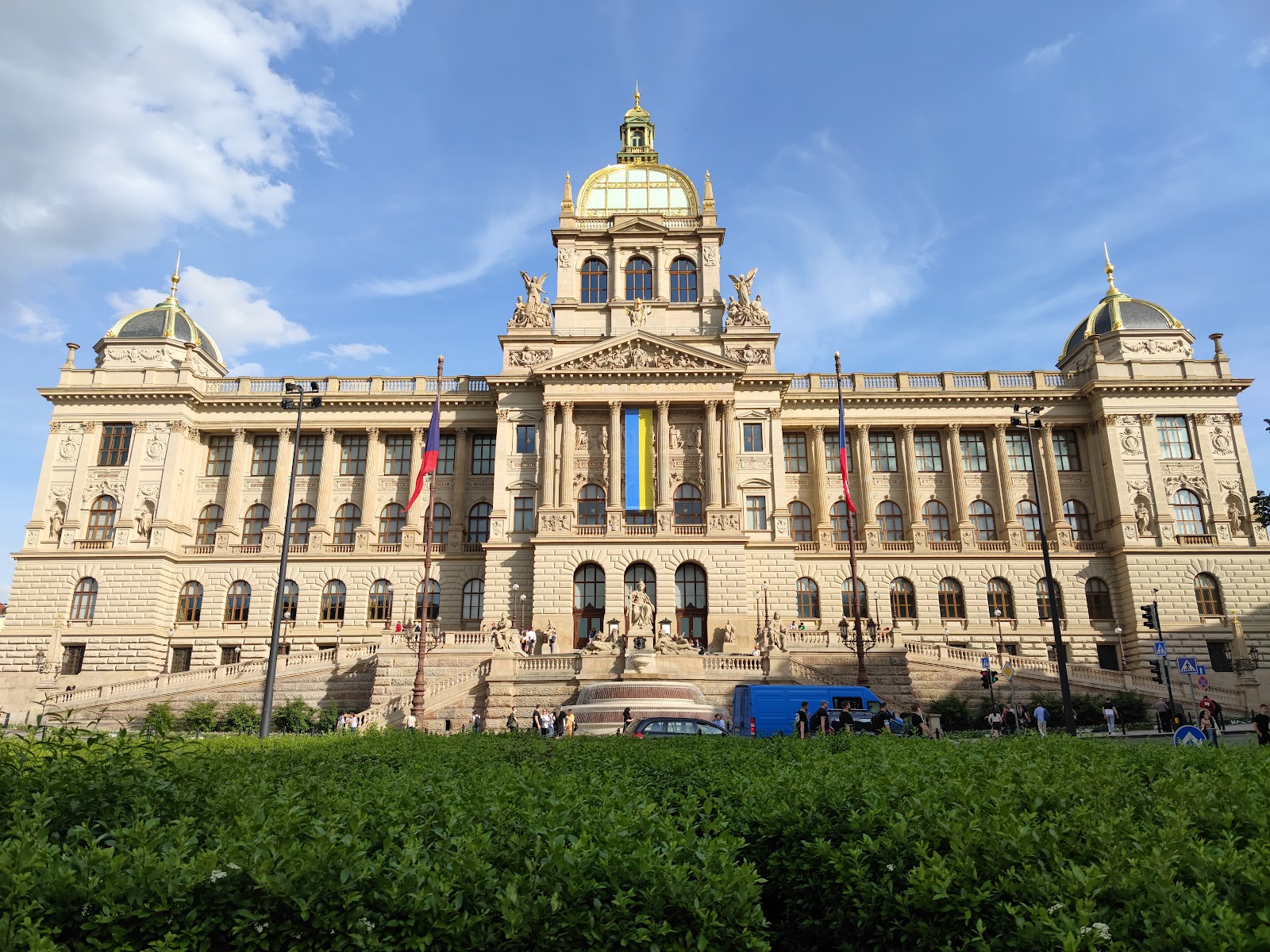
National Museum (Source: Google Maps)
The National Museum, located at the upper end of Wenceslas Square, is the largest museum in the Czech Republic and a significant cultural institution. Founded in 1818, it houses a vast collection of exhibits that cover various fields, including natural history, anthropology, and art. The museum's grand Neo-Renaissance building is an architectural marvel, featuring an impressive façade and a stunning dome. Inside, visitors can explore diverse exhibitions that showcase the history and culture of the Czech lands, including artifacts from prehistoric times to the modern era. The museum plays a vital role in preserving Czech heritage and offers educational programs and events for the public. It is a must-visit for anyone interested in understanding the rich history and cultural legacy of the Czech Republic.

Your travels, your rules.
Create your own Free Walking Tours.
Set your preferences, distances and anything you want to do or see.
Completely free, no payment required.